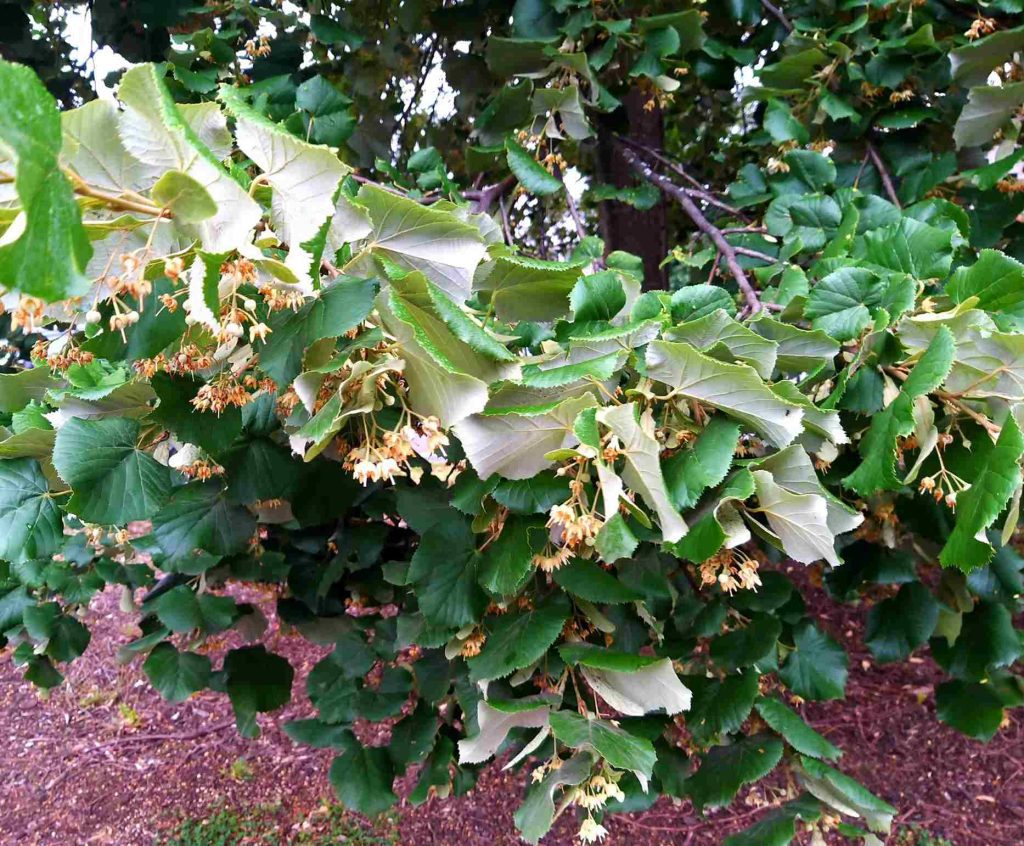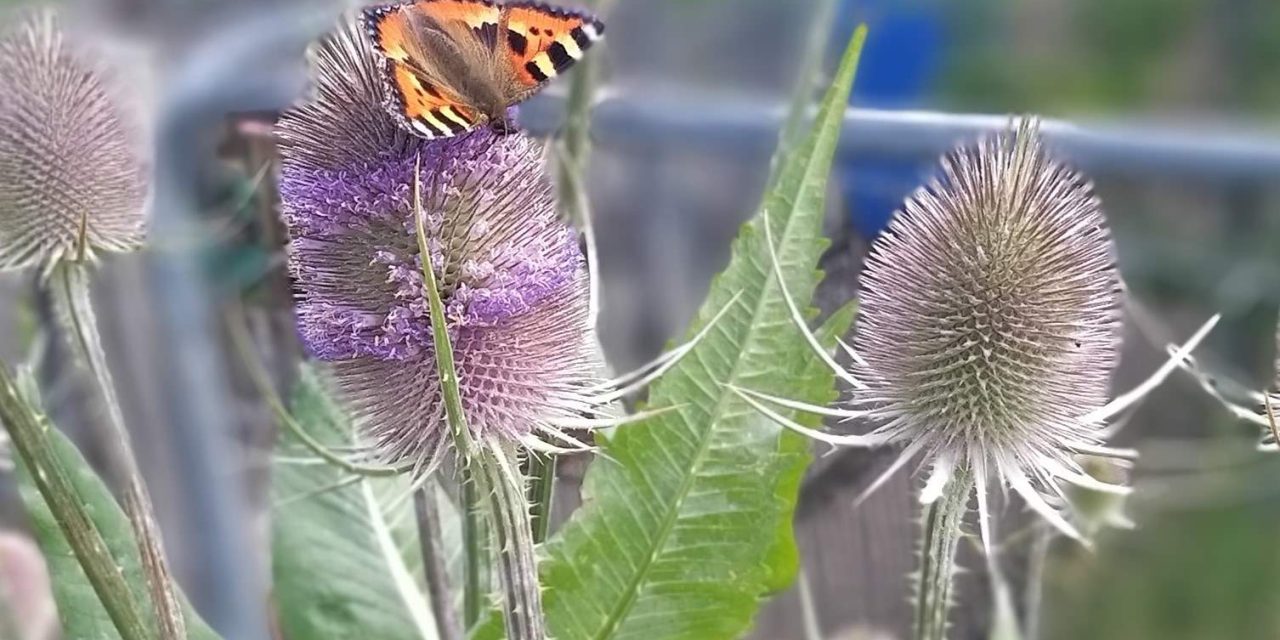The Linden tree
Upon a distant hillside
There stands a linden tree.
As children we would play there
My friends and you and me.
We thought that it would never end
For children never see.
We thought that we would always play
Around the linden tree, around the linden tree.
By Gordon the Gardener
After flaming June came washout July with short and sharp showers leaving many confused about whether to wear shorts or a full-on diving suit.
Despite the weather, continue to keep up with dead heading of hanging baskets and window boxes. It will ensure continuous flowering of fuchsias, tagetes, anthuriums and many other flowering plants. Dahlias and roses will likewise benefit.
Continue feeding tomatoes, melons and cucumbers with a high potash liquid feed once weekly. Keep sowing lettuce for a continuous supply.
Red spider mite is almost invisible to the naked eye. It can be detected by yellowing of the leaves and its very fine webbing of the leaves of its host plants. It is particularly a very serious pest of melons, cucumbers and sweetcorn.
There are chemical sprays which have some control. But an organic and sure method of control is to have a pressure sprayer of water primed up.
Spraying water over the leaves, taking particular care to spray the undersides of the leaves where the creatures do most of the damage, gives effective control.
Red spiders hate damp conditions so give them a spray several times a day for best results.

Intermittent watering is another issue of tomatoes that can be avoided by not letting the plants dry out. If they do go dry, don’t give them a large amount of water all at once – give a little and then give more later. This will prevent the skins from splitting, which is another common problem.
Second early potatoes will now be ready for eating, there is no better experience than digging your own, and eating them freshly boiled.
Now is the time to propagate shrubs with semi-ripe cuttings taken in August and September from new growth that has developed over the spring and summer and just started to harden up (but not yet turned woody).
Shrubs such as Berberis, Camellia, Ceanothus, Erica, Hebe, Viburnum and many other types can be taken from growth 2in to 3in long (5cm-7cm) and inserted into a mix of 50/50 multi-purpose and horticultural river sand and placed in a cold frame to root.
Propagating your own will save a lot of money, since they have now become very expensive.

My plant of the month is the Common Lime. It is a tall, broadleaf tree that is a natural hybrid between the large-leaved and small-leaved Limes.
It will tolerate a wide variety of conditions, so is commonly planted in parks and along roadsides, lining avenues with its impressive shade. Its sweet-smelling summer flowers attract a huge number of insects looking for nectar, especially bees.
Limes, also known as the Linden tree, are in bloom now. So go out and find some specimens. The strong scent of their blossoms is heavenly.
In German folklore, the Linden tree is the ‘tree of lovers’ and symbolises love, prosperity, peace and many other spiritual attributes – which in these times is something we all need.
And some people eat the young leaves as salad in place of lettuce.
A small specimen is best planted when dormant in the winter months. But allow a large space to plant it in, as least 20ft square.
While Lindens prefer a sunny location, they can tolerate shady situations. They like almost any soil as long as it is well drained. Boggy soil will kill the tree. If you have room, try one.
READ MORE: Catch up on Gordon’s monthly blog HERE


















